These Flowers Bounce Back
7:16 minutes
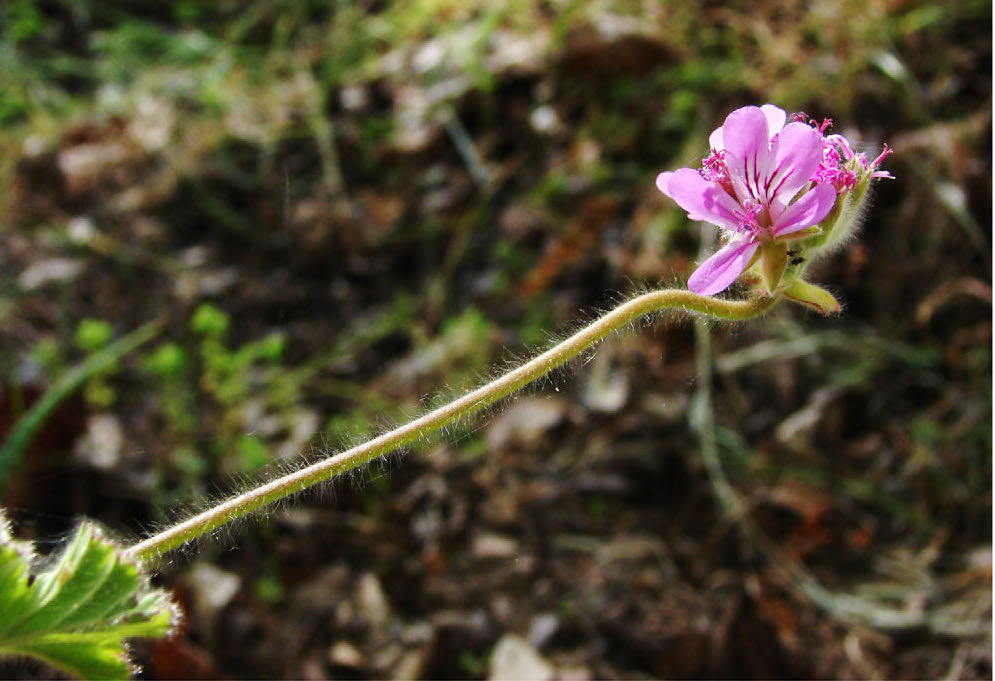
It’s been a tough few weeks for many people, cooped up inside because of COVID-19 social distancing measures, while outside, spring is in the air. Everywhere, colorful, spirit-lifting flowers are blooming.
But if you’ve stepped off a path to avoid an oncoming runner recently, don’t worry. New research, published in the journal New Phytologist, finds some flowers have a unique ability to “bounce back” after injury—say after getting squished by a falling branch or shoe. This gives flowers a second chance at being pollinated, preserving their role in the seasonal ecosystem.
One of the authors of this study, Nathan Muchhala, an assistant professor of biology at the University of Missouri in St. Louis, joins Science Friday to discuss the unique properties of flowers. He discusses flowers’ amazing resilience, as well as how plants and pollinators are responding to fewer people out and about.
See more flower species that can bounce back!
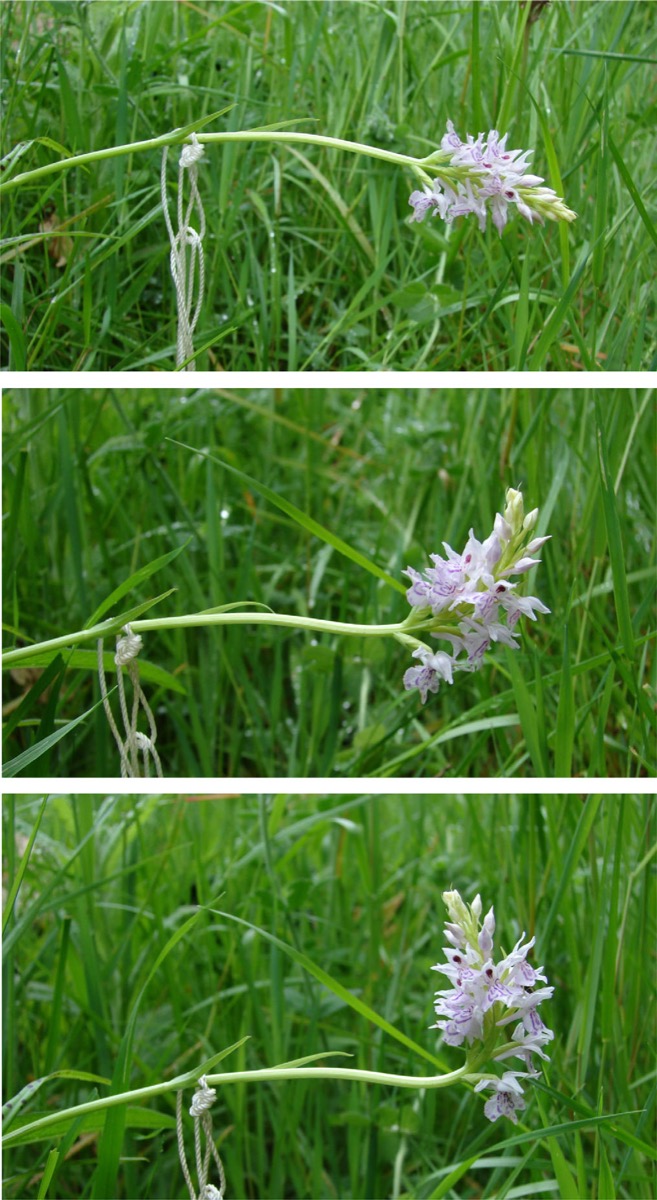
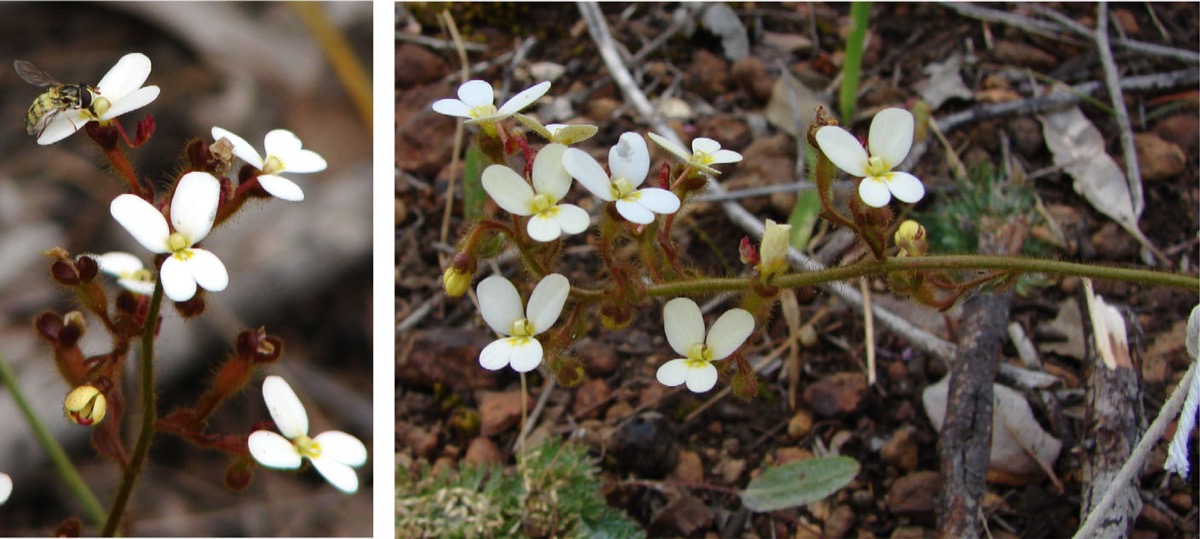
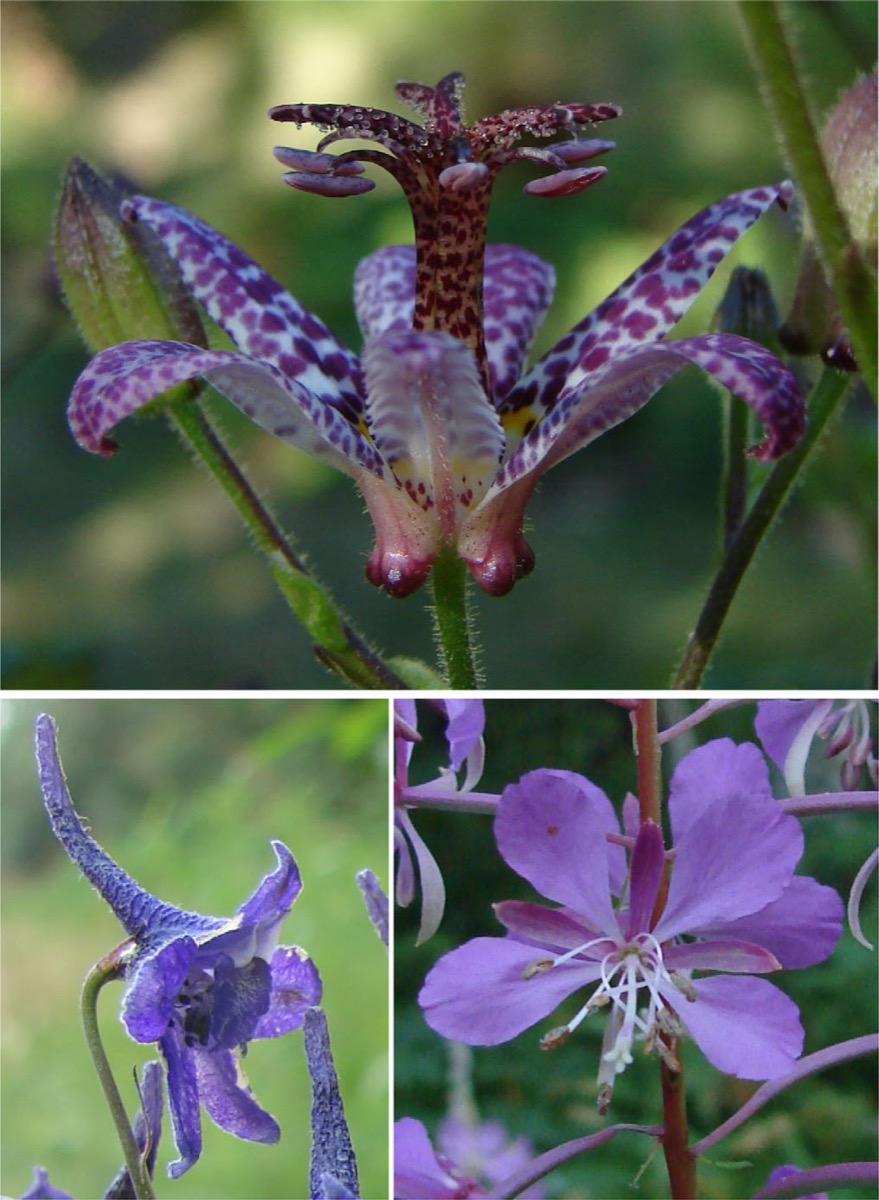
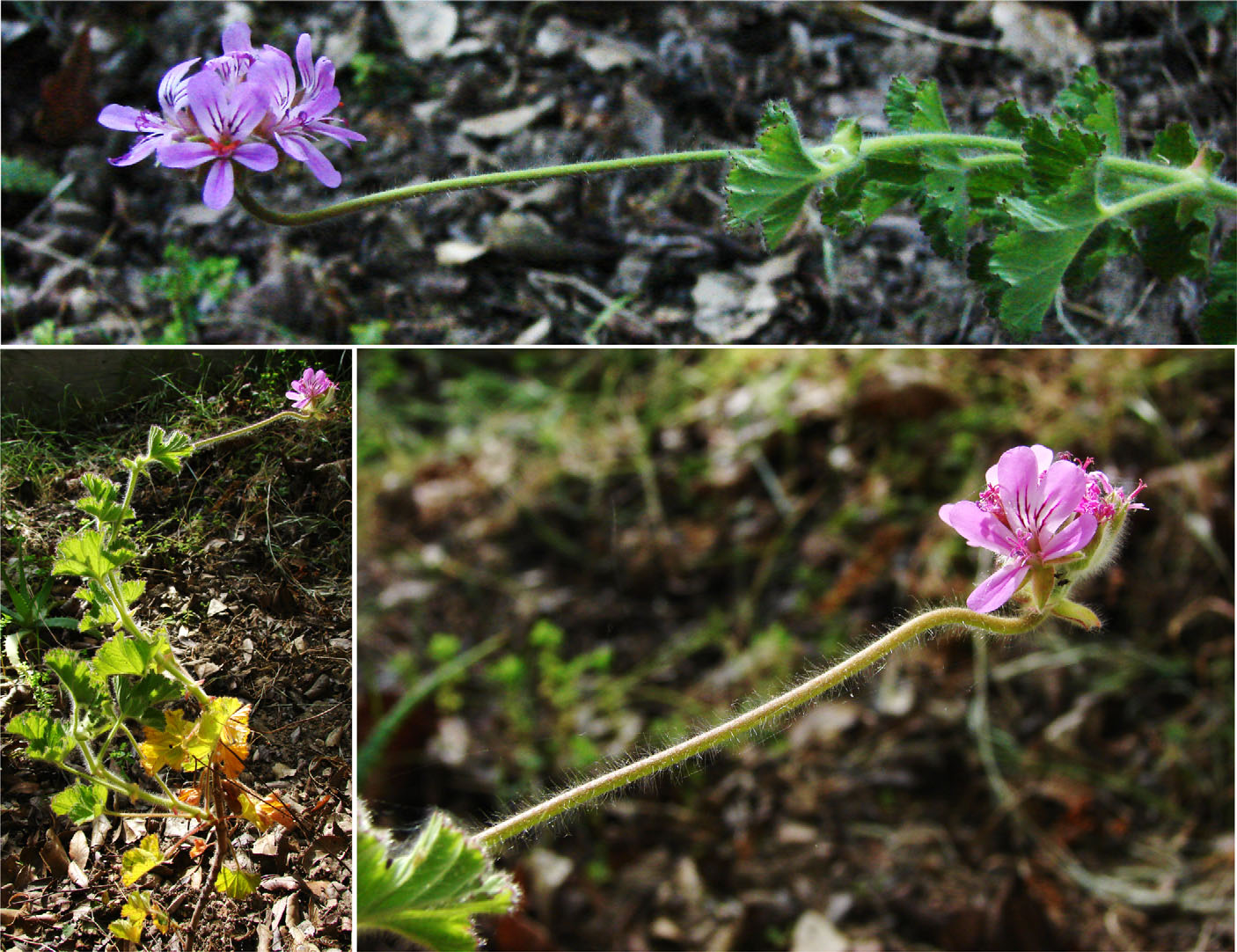
Invest in quality science journalism by making a donation to Science Friday.
Nathan Muchhala is an associate professor in the Department of Biology at the University of Missouri – St. Louis in St. Louis, Missouri.
IRA FLATOW: This is Science Friday. I’m Ira Flatow. It’s been a hard few weeks. We’re practicing social isolation, probably spending a lot more time inside, maybe feeling a little down in the dumps. But outside spring is in the air. And with spring come colorful spirit-lifting flowers.
Even better new research says some flowers have a unique ability to bounce back after injury say by getting squished by a falling branch or a shoe. This gives flowers a second chance at getting pollinated serving their role in the spring ecosystem. Producer Kathleen Davis spoke with Nathan Mucchala, one of the authors of the study published in the journal New Phytologist. He’s a biology professor at the University of Missouri in St. Louis.
KATHLEEN DAVIS: Thank you, Nathan, for being on Science Friday.
NATHAN MUCCHALA: Sure. Thanks for the invitation.
KATHLEEN DAVIS: So you found that some flowers have the ability to bounce back after injury. What is a flower injury? What does this look like?
NATHAN MUCCHALA: That’s just saying that some things can knock a flower off of its proper orientation, say a heavy wind or branches falling or the whole plant kind of falls sideways. This could cause a flower to be misoriented.
KATHLEEN DAVIS: So how did you actually test this out? I mean, I’m imagining stomping through a flower field with some heavy duty boots on. Is that what you did? Or did you do something else?
NATHAN MUCCHALA: I was actually working in rainforest. And my collaborator Scott Armbruster, he was also working in forest. So we were working with flowers that were higher up. And well, first we just noticed that this was happening. We would notice that flowers would reorient really quickly.
So then we decided to experimentally test this. And that involved actually taking the flowers and twisting them and putting them off their normal position and testing whether they could actually reorient or not.
KATHLEEN DAVIS: And in your research you found that not every flower can bounce back. So what kinds of flowers have this ability?
NATHAN MUCCHALA: Yeah. So there’s an important distinction between flowers. There’s two types. There’s bilaterally symmetrical or radially symmetrical flowers. And the majority of flowers, probably what you’re used to, are these radially symmetric sort of star shaped flowers like daisies or sunflowers. And for them, orientation isn’t as import.
And then the other said, about a quarter of flowers are bilaterally symmetrical meaning they have the left and right sides are mirror images of each other. Just like us, just Like humans or most mammals are like this. And for those, the orientation is really important.
KATHLEEN DAVIS: So do you know why flowers that are symmetrical down the middle can do this, but not other types?
NATHAN MUCCHALA: Basically evolution favors it. So the main goal of a flower is to try to get its pollen to another flower of the same species. This is how plants reproduce. And they need the pollinator to do this. Well radially symmetric flowers are much more generalist. Any sort of pollinator can enter the flower and they often enter from any direction.
While these bilaterally symmetric flowers, these tend to be very specialized to specific to, say, hummingbirds or bumblebees or bats. And they’re trying to put their pollen on a very precise spot on the bodies of pollinators. And if this spot is off, then the flower is going to fail. The pollinator is not going to pass out that pollen to a female of the same species. So for them, the orientation relative to gravity is really important.
KATHLEEN DAVIS: Do you have any idea what’s going on mechanically in the flower that lets it prop back up after it’s been bent or injured?
NATHAN MUCCHALA: We didn’t study this directly. But you can see this. You can actually sort of think of this as plant behavior. And you can see this in the way that leaves will reorient towards light or a whole plant will try to avoid shade and move more towards light through time.
So we assume it’s the same mechanisms. And it probably has to do with cell growth in the step. And see the side that needs to elongate to properly twist the stem on those cells are probably growing longer than cells on the other side of the stem.
KATHLEEN DAVIS: Do we know how flowers are able to sense that they are injured?
NATHAN MUCCHALA: It is shown that plants have gravitropism. They can sense gravity. So for these flowers, that’s probably the main component is they’re trying to figure out where gravity is pulling on them and then orient vertically to that.
KATHLEEN DAVIS: That’s really interesting. For what other reasons would a flower need to have a sense of gravity?
NATHAN MUCCHALA: Well, this would be the main reason. And you want to orient vertically with these specialized flowers, maybe partly to protect your flowers for rain. Sometimes petals are covering over the pollen and you want to keep that rain cover above the flower. But the main reason, again, you could think of say in a lot of bat pollinated flowers, the pollen will be put out a real precise spot on the tops of four heads.
If you instead hit the side of the bat’s head, the next time a bad visits a flower where the female parts touch the top of the bat’s head, on that pollen is not going to be successfully transferred.
KATHLEEN DAVIS: So does being able to spring back up it gives these flowers an advantage when it comes to attracting pollinators?
NATHAN MUCCHALA: Pollinators will send misoriented flowers. They’ll tend to avoid any sort of flower that looks incorrect. But the main advantage is not so much attraction but it’s making sure that your pollen is making it to females of the same species.
KATHLEEN DAVIS: So this is, in a way, giving these flowers a second chance.
NATHAN MUCCHALA: Yeah. Exactly. You can think of flowers as being such a large investment for plants that if something knocks it off rather than just kind of giving up on those flowers, something knocks them out of orientation, the better solution would be to just reorient those flowers.
KATHLEEN DAVIS: So because of coronavirus, a lot of us are staying inside. More do you think flowers and pollinators are having a better spring because of this?
NATHAN MUCCHALA: I do think so. And I think the main reason has to do with pollution levels. You’ve probably seen these new stories of pollution levels in cities decreasing. And pollinators tend to be pretty sensitive to pollution, especially insect pollinators. For instance there’s studies showing that pollution will alter the scent of flowers and kind of throw off pollinators trying to locate their flowers.
And just in general, all animal and plant populations do better with less pollution. So I do think that this will be at least a short term boon for plants and pollinators.
KATHLEEN DAVIS: Well, Nathan, thank you so much for joining us.
NATHAN MUCCHALA: Yeah. Thank you very much.
IRA FLATOW: Science Friday Producer Kathleen Davis speaking with Nathan Mucchala, biology professor at the University of Missouri in St. Louis.
Copyright © 2020 Science Friday Initiative. All rights reserved. Science Friday transcripts are produced on a tight deadline by 3Play Media. Fidelity to the original aired/published audio or video file might vary, and text might be updated or amended in the future. For the authoritative record of Science Friday’s programming, please visit the original aired/published recording. For terms of use and more information, visit our policies pages at http://www.sciencefriday.com/about/policies/
Kathleen Davis is a producer and fill-in host at Science Friday, which means she spends her weeks researching, writing, editing, and sometimes talking into a microphone. She’s always eager to talk about freshwater lakes and Coney Island diners.